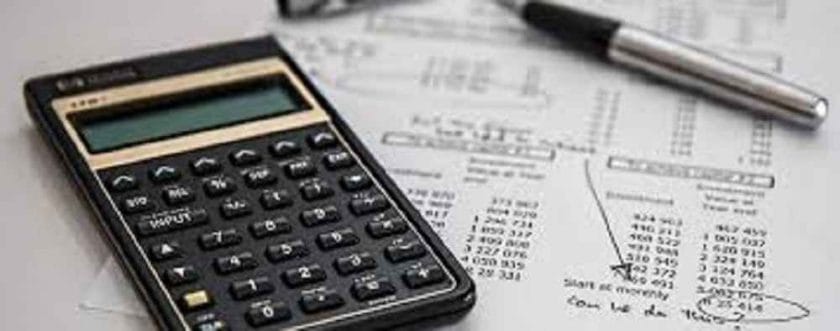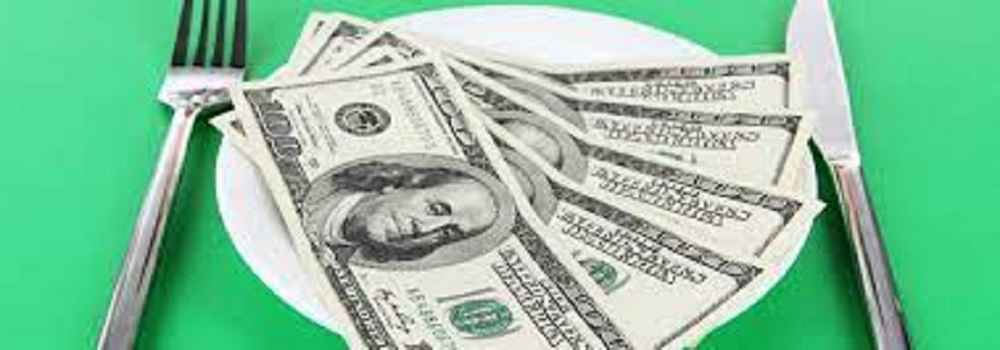Managing finances is a critical and most important aspect of running a successful restaurant.
From setting a budget to controlling costs, from tracking expenses to managing cash flow, restaurant owners need to have a solid understanding of their finances in order to make informed decisions and maintain profitability.
In this comprehensive guide, we will cover the key aspects of managing a restaurant’s finances and provide tips and strategies for success.
Setting a Budget
One of the most important steps in managing a restaurant’s finances is creating a budget. A budget acts as a roadmap for the business, outlining the expected revenue and expenses for a given period of time.
By setting a budget, restaurant owners can determine their profit margins, set financial goals, and make informed decisions about how to allocate resources.
Creating a Budget
To create a budget, you will need to determine your revenue sources and estimate your expenses.
Start by calculating your average monthly sales and then subtract your monthly expenses, including food and beverage costs, labor costs, rent and utilities, and marketing and advertising expenses.
This will give you an estimate of your profit margin, which is the amount of money you have left over after paying all of your expenses.
Once you have an estimate of your profit margin, you can set financial goals for your restaurant. These goals might include paying off debt, investing in new equipment or expanding your menu, or simply maintaining a healthy profit margin.
Tips for Sticking to Your Budget
One of the biggest challenges of managing a restaurant’s finances is sticking to your budget. Here are a few tips to help you stay on track:
- Review your budget regularly. Revisit your budget at least once a month to see how you are doing and make any necessary adjustments.
- Be realistic. Make sure that your budget is achievable and that your goals are realistic.
- Track your expenses carefully. Keep detailed records of all of your expenses, including receipts and invoices, so that you can see where your money is going.
- Stay flexible. Be prepared to make adjustments to your budget as your restaurant evolves and your financial situation changes.
Tracking Expenses
Keeping accurate records of your expenses is crucial for managing a restaurant’s finances. By tracking your expenses, you can get a clear picture of where your money is going and identify areas where you can cut costs.
There are two main methods for tracking expenses: manual tracking and using software or apps.
Manual tracking involves keeping records of your expenses in a spreadsheet or ledger, while software and apps provide an automated solution for tracking expenses and managing your finances.
Common Expenses to Track
When tracking your expenses, it is important to keep track of all of your costs, including:
- Food and beverage costs
- Labor costs
- Rent and utilities
- Marketing and advertising expenses
By tracking these expenses, you can see exactly where your money is going and make informed decisions about how to allocate your resources.

Controlling Costs
One of the most important aspects of managing a restaurant’s finances is controlling costs. By controlling costs, you can increase your profit margins and ensure the financial stability of your business.
Here are a few strategies for controlling costs:
- Optimize your menu. Review your menu regularly and eliminate items that are not selling well or are too expensive to produce.
- Negotiate with suppliers. Try to negotiate better deals with suppliers to reduce your food and beverage costs.
- Manage your labor costs. Make sure that you are scheduling your staff efficiently and that your labor costs are in line with industry standards.
- Reduce waste. Implement systems to reduce food waste and waste in other areas of your business, such as energy and water usage.
Managing Cash Flow
Managing cash flow is another critical aspect of managing a restaurant’s finances.
Cash flow refers to the movement of money in and out of your business, and it is important to ensure that you have enough cash on hand to cover your expenses and invest in growth.
Here are a few tips for managing your restaurant’s cash flow:
- Monitor your accounts receivable. Make sure that you are collecting payment from customers promptly and that you have systems in place to manage late payments.
- Control your accounts payable. Make sure that you are paying your bills on time and that you are not incurring late fees or penalties.
- Manage your inventory. Control your inventory levels to reduce waste and ensure that you have enough inventory to meet customer demand.
- Plan for unexpected expenses. Set aside money each month for unexpected expenses, such as repairs or equipment replacements, so that you are prepared when they arise.

Conclusion
Managing a restaurant’s finances can be a complex and challenging task, but with a solid understanding of the key aspects of restaurant finances, restaurant owners can make informed decisions and ensure the financial stability and success of their business.
By setting a budget, tracking expenses, controlling costs, and managing cash flow, you can ensure that your restaurant is financially successful and sustainable for years to come.
How often should I review my budget?
It is recommended to review your budget at least once a month to ensure that you are staying on track and making any necessary adjustments.
By regularly reviewing your budget, you can identify any areas where you need to make changes and ensure that you are achieving your financial goals.
What should I do if my expenses are higher than my budget?
If your expenses are higher than your budget, you will need to find ways to reduce your costs or increase your revenue. Start by reviewing your expenses and identifying areas where you can cut costs.
Consider negotiating better deals with suppliers, reducing waste, or optimizing your menu. If necessary, you may also need to increase prices or find new sources of revenue to make up the difference.
How do I keep track of my expenses?
You can keep track of your expenses in a variety of ways, including manual tracking using a spreadsheet or ledger, or using software or apps that automate the process.
It is important to keep detailed records of all of your expenses, including receipts and invoices, so that you can see where your money is going and make informed decisions about how to allocate your resources.
What should I consider when setting a budget for my restaurant?
When setting a budget for your restaurant, you should consider your revenue sources and estimate your expenses. This includes food and beverage costs, labor costs, rent and utilities, and marketing and advertising expenses. It is also important to set achievable financial goals for your restaurant and make sure that your budget is realistic.
How can I improve my restaurant’s cash flow?
To improve your restaurant’s cash flow, you should monitor your accounts receivable and make sure that you are collecting payment from customers promptly.
You should also control your accounts payable and make sure that you are paying your bills on time. Managing your inventory levels and planning for unexpected expenses can also help to improve your cash flow.
Additionally, consider finding new sources of revenue or reducing your costs to increase your profit margins.

